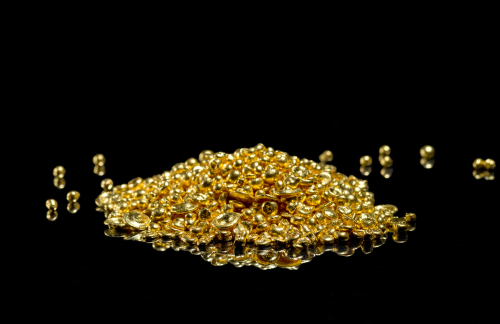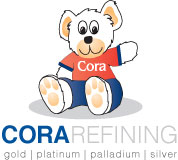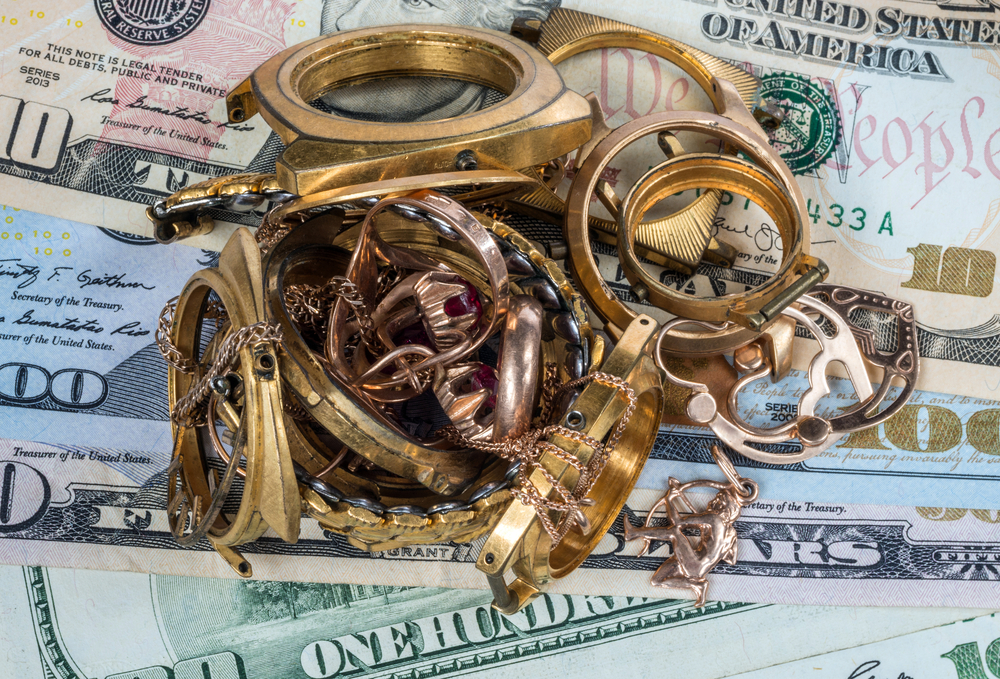You’ve finally decided to gather up all of that old jewelry that you never wear and send it off to be refined. Fantastic! Marie Kondo would be proud. But, how much will you get for it?
It can be a difficult decision to send in jewelry as it frequently has some sentimental value. Wouldn’t it be great to know ahead of time what it’s worth?
While nobody can tell you the refined value by sight, there are some factors that will help you to determine whether it’s worth sending in for refining.
Know your Karats
A karat is a measure of the fineness or purity of gold. This is important to know since jewelry is typically composed of a blend of different metals (also known as an alloy).
A gold karat is equal to 1/24th part of the whole. Pure gold is 24 karats. The reason you don’t often see jewelry made with 24 karat gold is because it’s very soft, which is not a desirable quality for jewelry. To increase it’s durability and to obtain the desired color, other metals such as copper or silver, are blended with the gold.
The purity of a gold alloy is expressed as the number of parts of gold it contains. For example, 14 karat gold is 14 parts gold and 10 parts other metals. From this, we can calculate the purity of the gold as follows:
14k/24k = 58% pure gold
What’s the difference between a Karat and a Carat?
Carat, with a ‘c’, is a unit of weight for diamonds and gemstones. A Karat, with a ‘k’, is strictly for assessing the purity of gold.
How much is gold plated jewelry worth?
Plating (short for electroplating) is another factor that significantly impacts the value of your jewelry. Plating adds a layer of gold (or sometimes silver) over the surface of another type of metal. Frequently, the metal underneath is a non-precious metal.

Pro Tip: A good way to figure out if your jewelry is plated or solid gold is to go over it with a magnet. Plated materials will usually be attracted to the magnet.
Here’s how the process of plating is done:
The piece of jewelry is first put through a thorough cleaning process using a combination of solvents and ultrasonic or steam cleaning to ensure that the metal is free of contaminants.
The jewelry is dipped in a high quality nickel plate creating a layer known as the strike layer (sometimes called the flash layer). The purpose of the strike layer is to extend the life of the gold plating by creating a barrier between the reactive base metal and the plated metal.
After rinsing, the base coat, usually nickel, is applied. This can be done several times.
When the piece is ready for it’s final coating of gold, it is submerged in the gold plating solution under very carefully controlled conditions (time, temperature, and voltage must be monitored). The ions of gold will attract to the piece of jewelry and adhere to the surface.
These items are hung from a cathode bar, which is a pole with a negative electrical charge. The jewelry on the bar is also negatively charged. The ions in the plating solution are positively charged. The negatively charged jewelry attracts the positively charged ions present in the solution.
How thick is the layer of gold?
Thickness can vary according to how long the jewelry is left in the tank, but typically a gold plating could be about 1 micron = 1/1000th of an inch. That’s pretty thin!
How much is gold plated jewelry worth?
Unfortunately, although gold plated jewelry is beautiful, there is no refined value. The process of refining gold plated jewelry costs more than the value of the metal that can be reclaimed.
What actually happens to the jewelry when I send it in for refining?
The most accurate way to access the value of the jewelry is to heat it to extremely high temperatures and through chemical processes, find the true value of the gold. If you send a significant amount of jewelry in, this is typically the process it will go through.

X-ray fluorescence is an alternative for small quantities of jewelry that is less destructive. This method analyzes the content of the material by the way the light is reflected off of it. There are however, some drawbacks to this method. The X-ray takes readings primarily on the surface of the jewelry, so if the jewelry is plated, the reading is not as accurate. In some cases, it is necessary to scratch the surface of the jewelry to get a more accurate reading.
What about diamonds or gemstones?
Many refineries (including Cora) ask clients to remove the stones before sending their jewelry in for refining. The stones may be worth something, but a jeweler would be better able to ascertain the value for you. Refiners generally focus on metal reclamation.
Learn more about precious metal refining
We hope this answers some of your questions about jewelry refining. If you still have questions or concerns about sending your gold jewelry in to be refined, send us an email. We’re happy to help.

